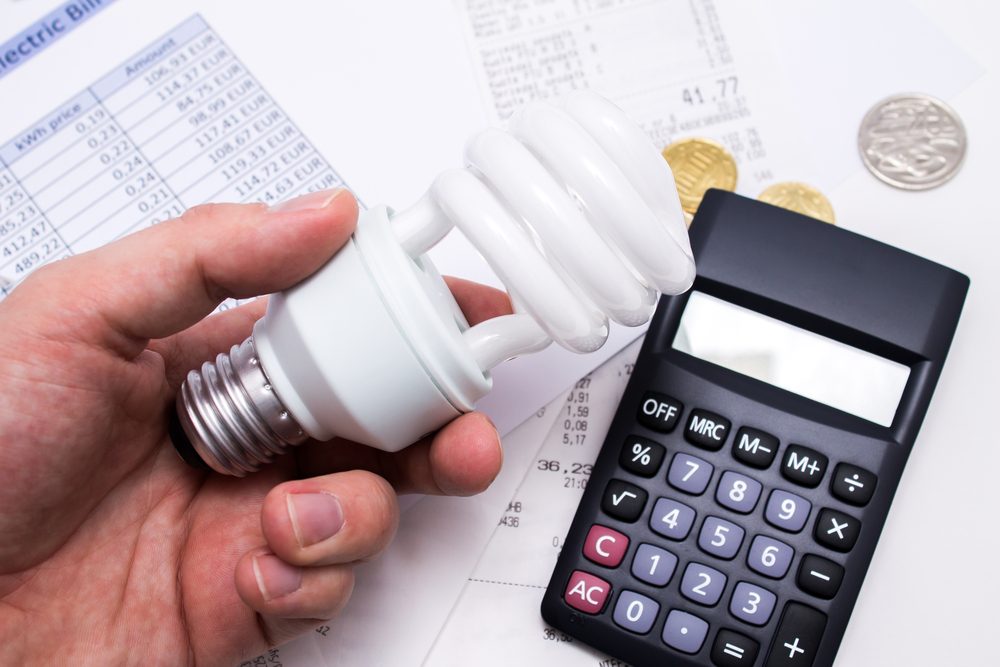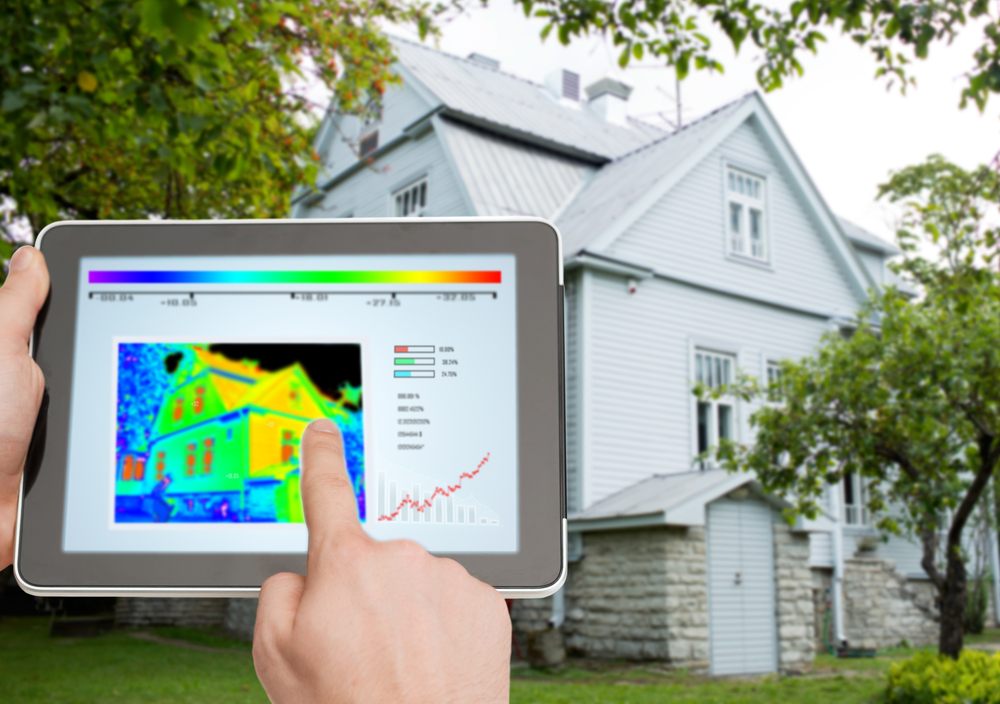Buying Smart Energy Saving Technology on a Budget
 After decades of false starts, we can say that our collective energy conscience is now driving some of our biggest decisions. Let’s wade into the possibilities to see how some of these decisions can be meaningful to you.
After decades of false starts, we can say that our collective energy conscience is now driving some of our biggest decisions. Let’s wade into the possibilities to see how some of these decisions can be meaningful to you.
While the reduction in renewable energy cost is great news for saving the planet, the backstory here is about products and services that save energy.
It’s a little like a diet for your home, where the calories taken-in are used efficiently and your energy bill becomes more manageable in the long-term.
1 Watt hour = 860 calories
As with a diet, we’re talking about a lifestyle change and goes beyond any one-time expenditure. It’s also about vigilance toward many small improvements over time.
Evaluate your Home’s Energy Use
The first step is to evaluate your home energy consumption and look for the “low-hanging fruit”. Consumer products for energy savings may also be about your own ability to evaluate appliances. Watt-hour meters are readily available and can help you make an informed decision about the biggest offenders in your home at a relatively low cost.
When you’ve determined what needs change, it’s wise to be mindful of brands. Energy generation technology and enhancements to efficiency have been trending steadily in consumer markets. It stands to reason that you’ll find less reputable brands in the mix, those who hope to cash-in with products which may not deliver–hence the need for certifications like Energy Star, for example.
An energy savings upgrade to your home can be a bit confusing. We’re not talking about half-baked do-it-yourself experiments. This is now a mainstream endeavor, with viable commercial products and services which can really make a difference. There’s a lot of them. Fortunately, there’s also an abundance of information from federal agencies like Lawrence Berkeley National Laboratory, which help people make informed decisions.
Moving up a bit from CFL bulbs, motion sensors, etc., one considers appliances, like refrigerators, washers, dryers, air conditioners (window units or central air). It’s a good place to start in advance of more ambitious projects.
If the energy-saving technology is insulation, a visit from a contractor can yield a variety of ideas and inform you of some key attributes, like R-value. This may not fit the popular idea of buying on a budget. However, this market allows the consumer to broaden their horizons, even on a small budget. Contractors can help you prioritize with that in mind. If they’re really worth their salt, they’ll also be well versed in state and federal grant opportunities through the U.S. Department of energy. There’s a variety of tax credits, rebates and other incentives to support energy efficiency, even for small appliances.
 Larger financial commitments are not necessarily out of reach either, especially with programs which offer financial assistance. However, this assumes that your project is properly researched in order to see proportional savings down the road.
Larger financial commitments are not necessarily out of reach either, especially with programs which offer financial assistance. However, this assumes that your project is properly researched in order to see proportional savings down the road.
You may decide to get an audit (often at no cost). A report will yield an energy balance, where it compares the amount of energy used in the home compared to the energy wasted. You may discover that upgrading the insulation in your walls and ceiling can bring a significant return on your investment. The same may apply to windows, doors, and so on. Again, the cost to you may be lower than you think!
If you have the opportunity to ask, a diligent energy contractor may also respond enthusiastically to questions about ways to save energy which have little to do with a construction project. Some product ideas might include recommendations on alternative lighting, programmable thermostats, power strips, and alike.
In addition to renovations and upgrading appliances, vigilance is a big part of energy savings. Keeping lights turned off when possible is certainly worthwhile. Be aware of devices which consume energy – even when not in use. That includes “energy vampires” or “standby power”.
Those who consume the least amount of energy understand that it’s about a cumulative effort throughout the home.


